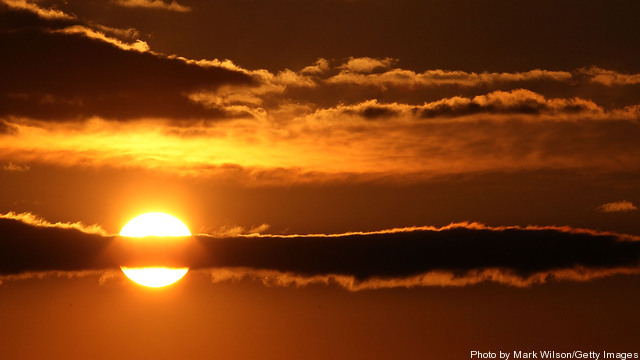
Renewable energy resources, according to the European Wind Energy Association (EWEA), are poised to meet over half of EU’s electricity demand by 2030. In a statement released in mid-January 2012, Justin Wilkes, EWEA’s Director of Policy, said that the EU had already achieved the 21% target set in a 2001 directive for the end of 2010 by generating somewhere between 665-673 TWh from renewable resources, or 21% of total EU consumption of 3,115-3,175 TWh in 2010.
That is an impressive feat. But even more impressive is what Mr. Wilkes says can be achieved by 2020 and 2030 if EU merely stays the course. If renewable electricity production in the EU continues to grow at the same rate as it did from 2005 to 2010 it would reach 36.4% and an amazing 51.6% of electricity consumption within EU block by 2020 and 2030, respectively. Keep reading →









